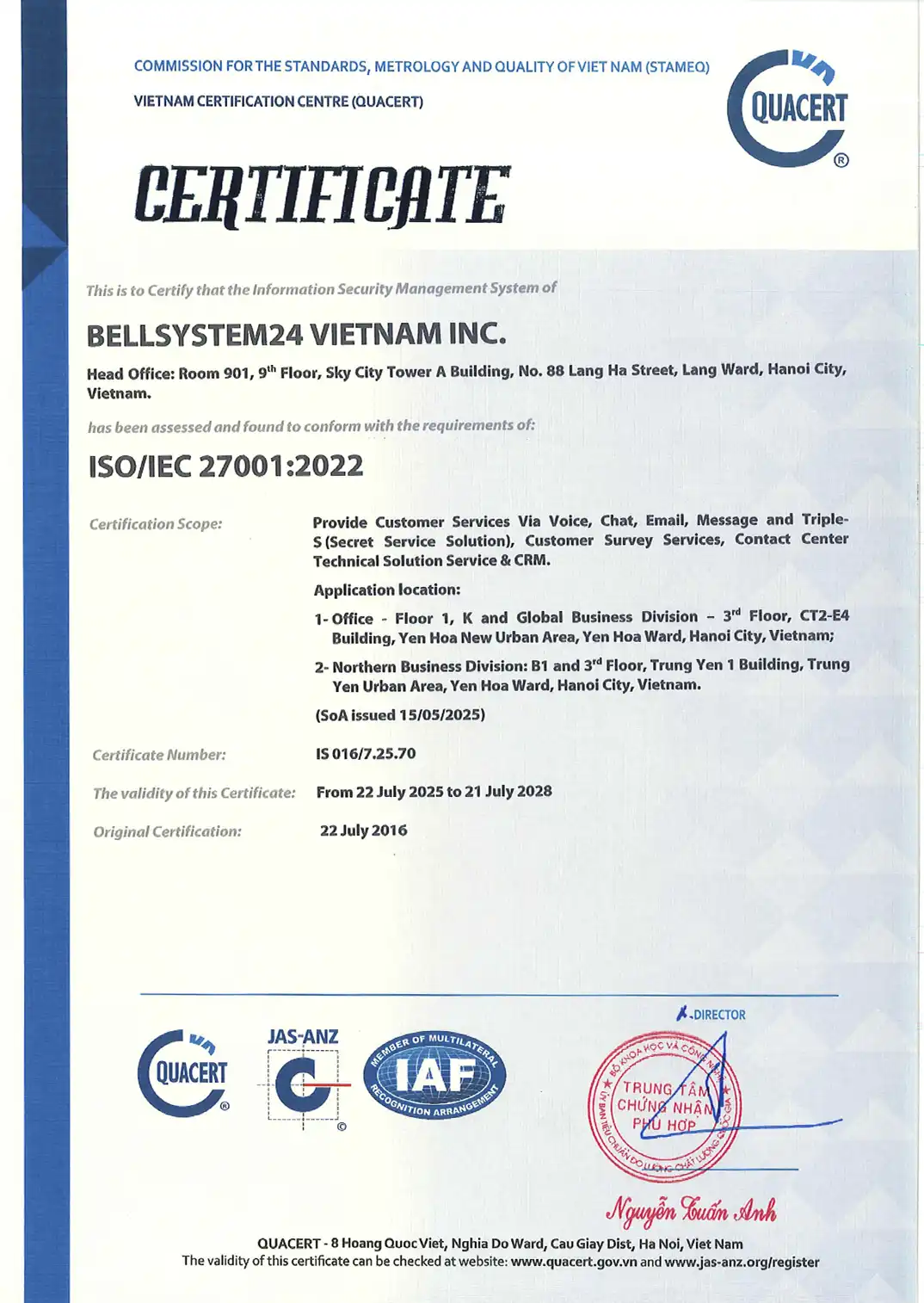This is part 2 of the topic. [RPA in Call center], You can read part 1 again HERE, Part 1 briefly talks about RPA and the applications that RPA can impact the Call center.
RPA Implementation
RPA is a revolution to upgrade business processes, applied to many industries and has many functions. Using RPA, jobs can be performed up to 20 times faster than the average human performance. Besides, automation works around the clock, with absolute accuracy and creates higher profits in the long run when investing.
To achieve the desired results, the implementation needs to be very carefully calculated and planned.

Basic RPA Implementation Framework
1. Define the process
Predicting what will happen during implementation, it is essential to identify the operational processes (divided by industry, nature of work, workplace), the first things to think about are the repetitive tasks and those that require low-level decision making. Identifying such processes also involves identifying the costs associated with each different activity, how they affect the workflow when implemented, etc. The steps involved in identifying the processes include:
- Identify the repetitive tasks you want to automate.
- Sketch out the process flow step by step and the rules for each step.
- Sketch with step-by-step mapping.
2. Train the bot
RPA implementation requires bots/tools to be successful and they must be trained to respond appropriately to different scenarios to achieve the expected results. For this to be successful, it is necessary to:
- Train the robot based on different test cases to detect, select the correct cases and let the robot relearn.
- Test again and again and develop more cases that the robot needs to learn so that the bot becomes more and more intelligent.
3. Expand Bot Growth
It is not enough to just develop the intelligence of the bot. It is necessary that the bot is suitable for the labor tool and is scalable. Managing and applying the bot to some newly designed operational activities is very necessary later. Steps to build and scale the bot:
- Build an overall block/timeline for bot deployment and expansion
- Design new workflows when bots are involved.
- Apply scalable IT architectures.
Benefits of implementing RPA in Call center
We have previously discussed how automation will be applied in Call centerNow let's see what benefits it brings to improve.
- Shorten average call duration.
- Significantly reduce errors.
- Improve the quality of your conversations.
- Optimize resource usage (Customer data, knowledge system, ...)
- Respond interactively and automatically activate some features.
With RPA, employees can complete more strategic and creative tasks, and tedious routine tasks are now handled by bots. Industries that effectively implement RPA have consistently seen significant reductions in operating costs and better ROI.
According to a study conducted by Management Consulting Firm AT Kearney, The investment cost for Robot is only 1/3 compared to the cost of hiring offshore personnel. to tackle the same workload. That’s why “the telecommunications giant – Telefonica O2, has applied bots to 15 core operational processes to handle 500,000 transactions per month with 160 robots. The company later reported that they achieved a 650% return on investment in RPA.
Implementing RPA in your business requires a well-thought-out plan and the right measurement approach. The right RPA implementation partner can advise you on the feasibility, implementation plan, measurement, and growth that RPA can bring to your business.
RPA Call center solution of Bellsystem24 Vietnam
In Bellsystem24- Vietnam, we have deployed RPA consulting and development for major partners such as Vietjet Air, PVI Insurance, K+,.. to deliver superior operational results. Each solution is a very complete plan based on in-depth research on the characteristics and applicability of each partner's workflow and finally detailed performance measurement. It's time to deploy RPA for your business! Contact us to talk about your expectations and receive detailed advice!







